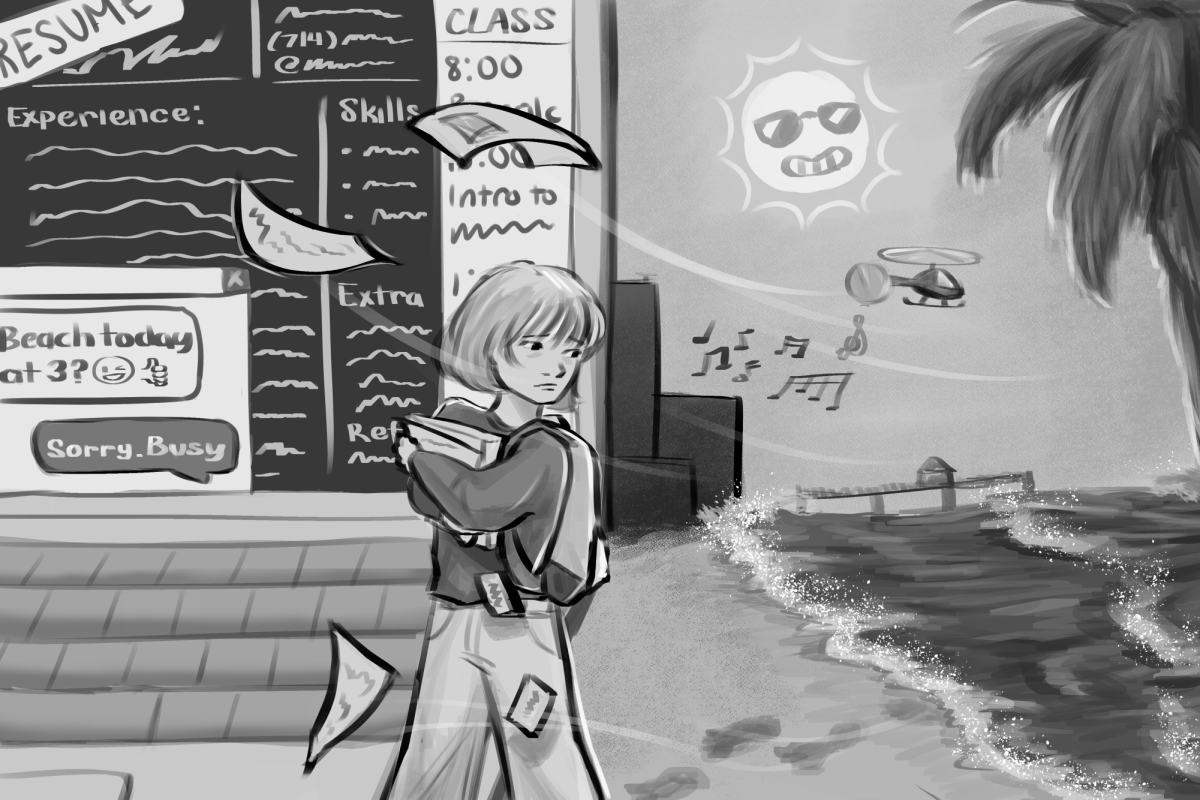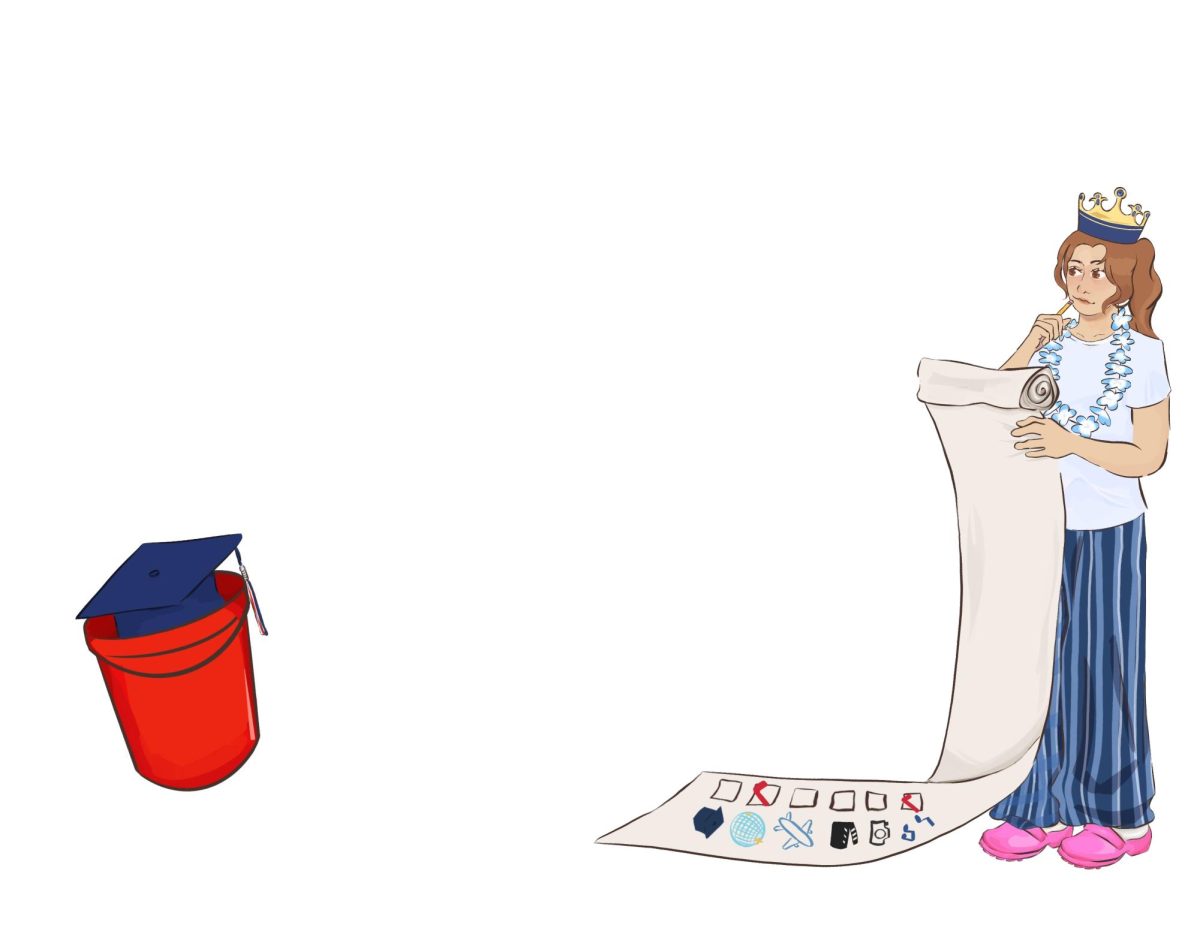NASA’s new space probe, the Europa Clipper, was sent to one of Jupiter’s 95 moons, Europa, on October 14, 2024, to find life beneath its surface.
Europa, Jupiter’s fourth largest moon, is enclosed by icy layers that frequently spew water vapor from its geysers. Yet, scientists speculate that, unlike Jupiter’s other frozen moons, hidden under its crust lies a saltwater ocean necessary for life.
“There is very strong evidence that the ingredients for life exist on Europa. But we have to go there to find out,” said Bonnie Buratti, the mission’s deputy project scientist.
Buratti refers to the possibility of geothermal vents providing the energy and nutrients needed to sustain life.
The spacecraft will perform flybys of Europa, gathering high-resolution images and data on the moon’s atmosphere, surface, and interior. The mission’s key objectives include determining the thickness of the ice shell, searching for subsurface lakes, analyzing the composition of the surface, and identifying any signs of recent or ongoing geological activity.
These findings may allow scientists to scout other planetary life forms and deepen their understanding of how life develops in extreme environments, potentially offering new insights into life on Earth. NASA hopes to build upon previous observations from the Galileo mission in 1989 and the Hubble Space Telescope to uncover more secrets about Europa.
However, the mission has not been without its challenges. The Europa Clipper failed to meet radiation standards during its 2024 tests, a concerning issue since Jupiter is surrounded by radiation.
“The magnetic field and resulting charged particles are intense and dangerous at Jupiter,” stated Buratti.
Nevertheless, her team created a “vault” structure within the spacecraft, protecting the Clipper from Jupiter’s environment.
With these challenges addressed and the spacecraft successfully launched, the Europa Clipper is now en route to Jupiter. After February 2025, the spacecraft will perform multiple loops around Mars and Earth, charging up speed through their gravitational pull before embarking for Jupiter in December 2026. In the Spring of 2031, the Europa Clipper will make its first flyby of the moon before the end of its mission in September of 2034, where it will dispose of itself by crashing into Jupiter. This plan ensures the protection of Europa’s environment and the conservation of fuel and opens doors for further research.




























































